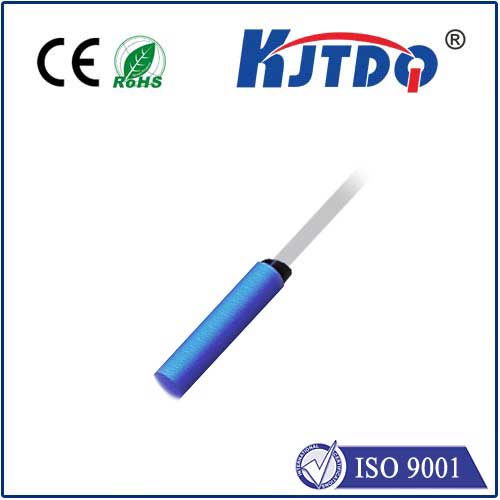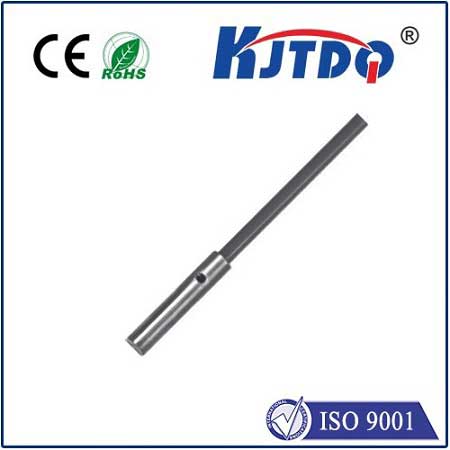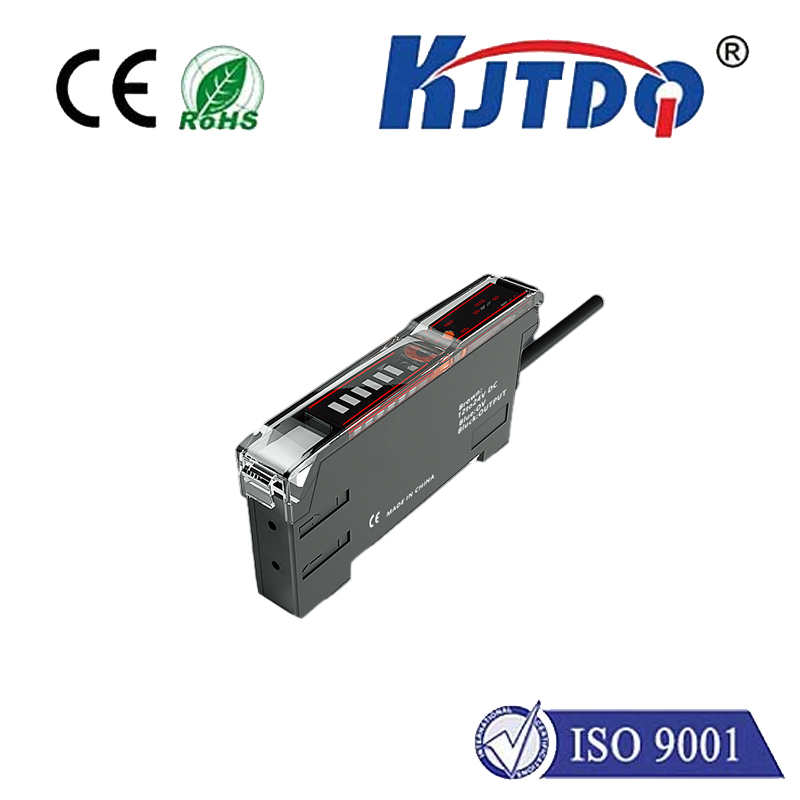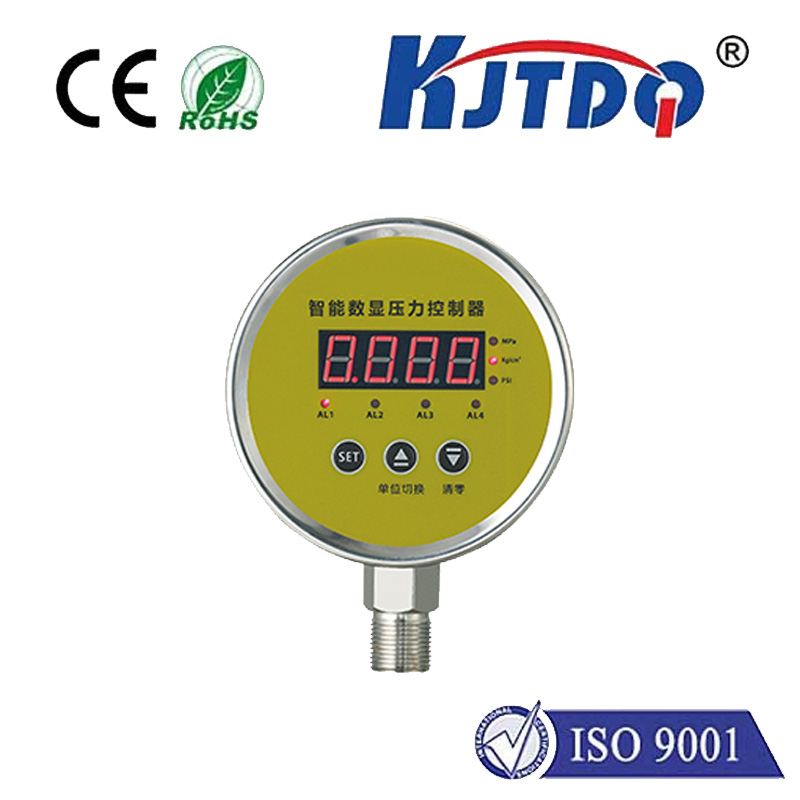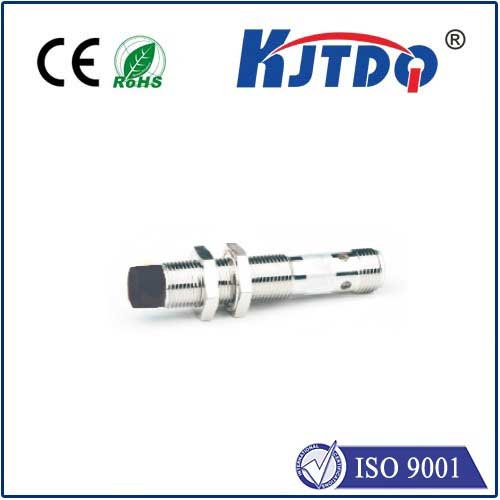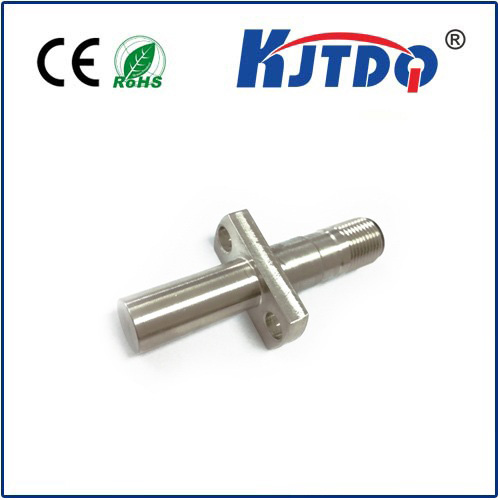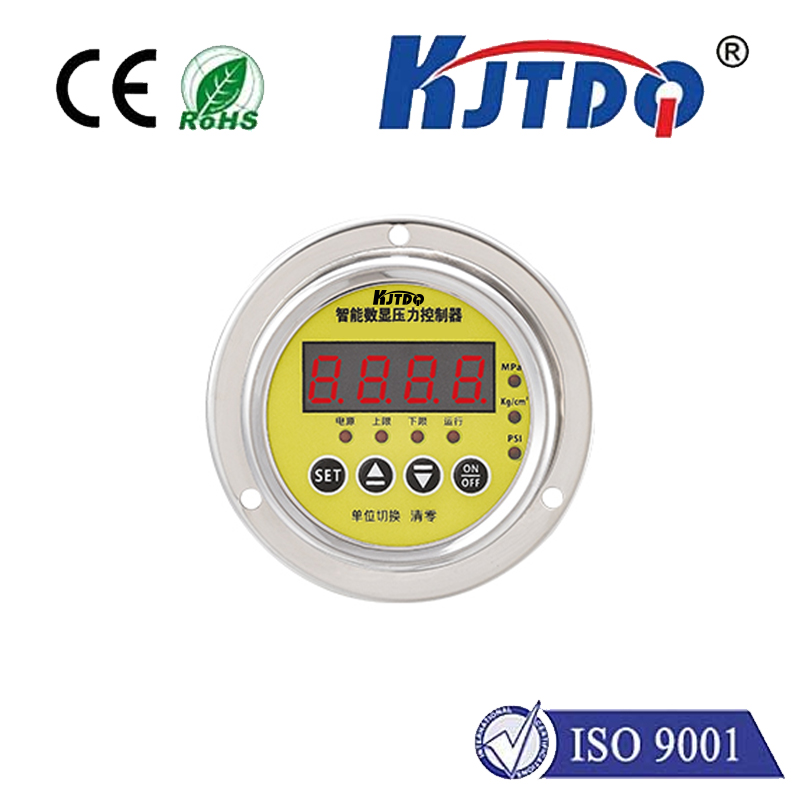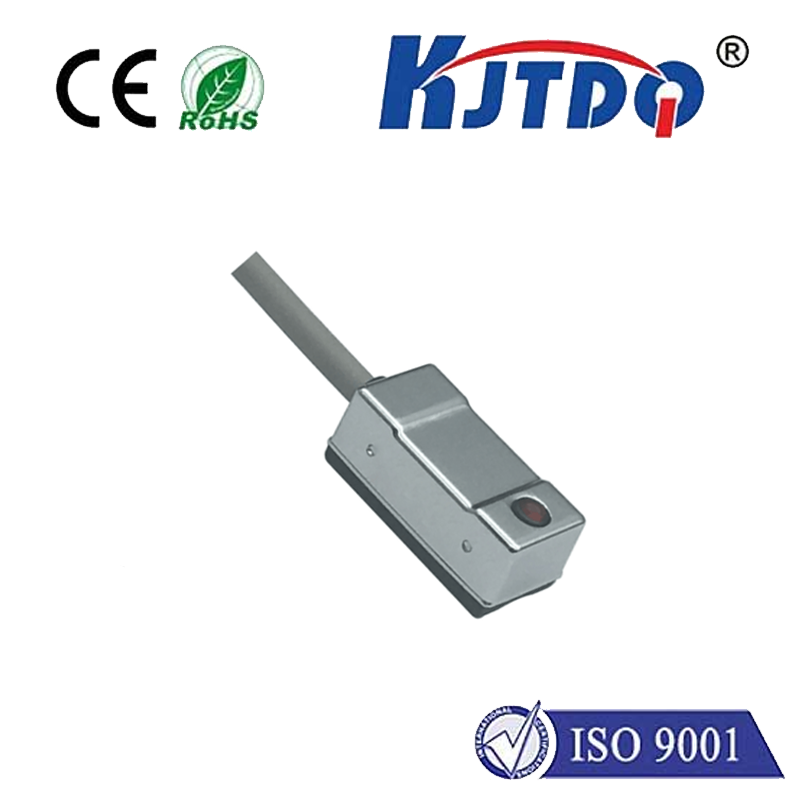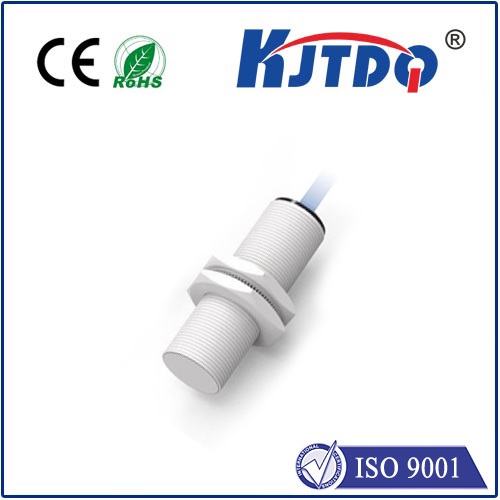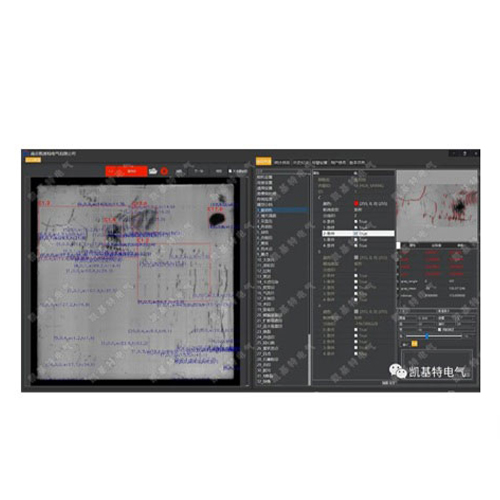low temperature sensor
- time:2025-08-23 03:53:52
- Click:0
Low Temperature Sensors: Mastering Measurement in the Deep Freeze
Imagine storing life-saving vaccines at precisely -80°C, ensuring the structural integrity of spacecraft components exposed to the vacuum of space, or safely liquefying natural gas for transport. These critical processes, and countless others, rely entirely on one unsung hero: the low temperature sensor. Far beyond merely indicating “it’s cold,” these specialized devices are the cornerstone of safety, efficiency, and scientific discovery in environments where conventional sensors fail. Understanding their importance, applications, and technology is crucial for industries pushing the boundaries of the cold.
Why Low Temperature Measurement is Non-Negotiable
Operating reliably in extreme cold presents unique hurdles. Materials behave differently – metals become brittle, lubricants solidify, and electronic components can malfunction. Accurate temperature monitoring isn’t just about data; it’s about:
- Process Integrity & Efficiency: In cryogenic applications like liquefied natural gas (LNG) production or superconducting magnet cooling, precise temperature control is essential for phase changes and maintaining material properties. Even slight deviations can disrupt the entire process, leading to inefficiency or product spoilage.
- Safety Assurance: Extremely cold substances pose significant hazards. A low temperature sensor guarding a cryogenic storage tank provides early warnings of potential leaks, pressure build-up, or insulation failure, preventing catastrophic incidents.
- Product Quality & Preservation: From biological samples stored in ultra-low temperature freezers (-80°C and below) to specialized chemicals and pharmaceuticals, strict temperature maintenance is vital. Sensor failure can lead to the irreversible loss of valuable or irreplaceable materials.
- Scientific Research & Exploration: Spacecraft components, particle accelerators, and quantum computing experiments all operate at cryogenic temperatures. Accurate sensor data is fundamental to understanding phenomena and validating experimental results in these cutting-edge fields.
Where Low Temperature Sensors Thrive (Often Behind the Scenes)

The reach of these sensors is vast and often unseen:
- Cryogenics & LNG: Monitoring liquefaction processes (-162°C for LNG), storage tank temperatures, and transfer lines.
- Pharmaceutical & Biomedical: Ultra-low temperature freezers (-20°C, -40°C, -80°C, even -196°C liquid nitrogen vapor phase) for vaccine and biological sample storage.
- Aerospace & Defence: Testing satellite components in thermal vacuum chambers simulating space (-270°C), monitoring fuel systems in high-altitude aircraft, and ensuring reliability in arctic deployments.
- Food Processing & Storage: Industrial freezing tunnels, blast freezers, and long-term frozen storage warehouses (-18°C and below).
- Industrial Processes: Specialty chemical production, metal heat treatment involving cryogenic quenching, and superconducting applications like MRI machines.
- Energy: Monitoring superconducting fault current limiters (SFCL) and electrical components designed for extreme cold environments.
- Scientific Research: Laboratories studying superconductivity, quantum materials, low-temperature physics, and space environment simulation.
The Technology Behind the Chill: Common Low Temperature Sensor Types
Not all thermometers are built for the deep freeze. Common technologies specifically adapted for low temperature environments include:
- Resistance Temperature Detectors (RTDs): Often the preferred choice for higher accuracy and stability in cryogenic ranges. Platinum RTDs (like Pt100 or Pt1000) are widely used. Thin-film RTDs are popular due to their compact size and fast response. Crucially, specialized cryogenic RTDs use carefully calibrated elements and materials designed to avoid anomalies like strain sensitivity at very low temperatures. Accuracy within 0.1°C or better is achievable in calibrated systems.
- Thermocouples: Certain thermocouple types function effectively down to cryogenic levels. Type T (Copper/Constantan) is commonly used down to -200°C. Type E (Chromel/Constantan) also has a wide range, including low temperatures. While generally less accurate than RTDs, thermocouples are robust, relatively inexpensive, and don’t require excitation current. Challenges include managing reference junction compensation and ensuring homogeneity in the thermocouple wires.
- Silicon Diode Sensors: Leverage the predictable temperature-dependent voltage drop across a forward-biased silicon diode. They offer good sensitivity and stability at cryogenic temperatures (-270°C to 200°C is common), linear output, are relatively inexpensive and easy to read. Often used in scientific applications.
- Capacitance Temperature Sensors: Utilize changes in the dielectric constant of specific materials as temperature drops. They can offer excellent stability and sensitivity at very low temperatures (<1K) and are immune to magnetic fields, making them ideal for specialized physics research near absolute zero.
- Specialized Cryogenic Sensors (Cernox™, Ruthenium Oxide): Engineered specifically for extreme cryogenics (below 4K). Cernox™ sensors, for example, offer high sensitivity, fast response, and minimal magnetic field interference in sub-Kelvin environments, which is vital for physics experiments and quantum computing.
Key Considerations When Selecting a Low Temperature Sensor
Choosing the right sensor isn’t just about the temperature range. Critical factors include:
- Required Accuracy & Stability: How precise does the measurement need to be? How much does it drift over time? RTDs often win for high accuracy needs in the -200°C to 0°C range.
- Temperature Range: Specify your exact minimum and maximum operating temperature. Sensor performance varies significantly across ranges.
- Response Time: How quickly must the sensor react to temperature changes? Thin-film RTDs or exposed junction thermocouples respond fastest.
- Environmental Conditions: Is there vibration, moisture, corrosive chemicals, or intense magnetic fields? This dictates probe construction (sheath material: stainless steel 316, Inconel?), connector type, and sometimes sensor technology (capacitive sensors are magnetically immune).
- Thermal Shocking: Will the sensor undergo rapid temperature changes? This requires robust construction to avoid failure due to material stress.
- Calibration & Traceability: For critical applications, consider NIST-traceable calibration specifically at relevant low temperature points, not just room temperature. Sensor behavior can be non-linear at extremes.
- Cost vs. Performance: Balance initial cost with long-term reliability and performance needs. Silicon diodes offer value; specialized cryogenic sensors are premium.
The Unseen Guardians of the Cold Frontier
Low temperature sensors are far more than mere thermometers; they are sophisticated, essential components enabling modern science and industry to safely and effectively harness the potential of extreme cold. Whether ensuring a lifesaving vaccine remains viable, guaranteeing the structural soundness of spacecraft, or unlocking the secrets of quantum matter at a fraction of a degree above absolute zero, these sensors provide the critical data needed for control and understanding. Selecting the right technology, designed and calibrated for the harsh realities of cryogenic and sub-zero environments, is paramount. As we continue to push the boundaries of temperature – in energy, medicine, space, and research – the precision and reliability of the low temperature sensor will remain fundamentally indispensable.












